
But it is not deserved at all.
Honestly, most of what you think you know about these fascinating creatures is probably wrong.
From scary movies to wild stories passed down through generations, snakes are unfairly categorized as “creepy” and dangerous.
The reality? It’s not even close.
7 Myths About Snakes Debunked
All of the following are commonly held beliefs about snakes that are simply not true.
1. Snakes Are Aggressive And Will Chase Humans
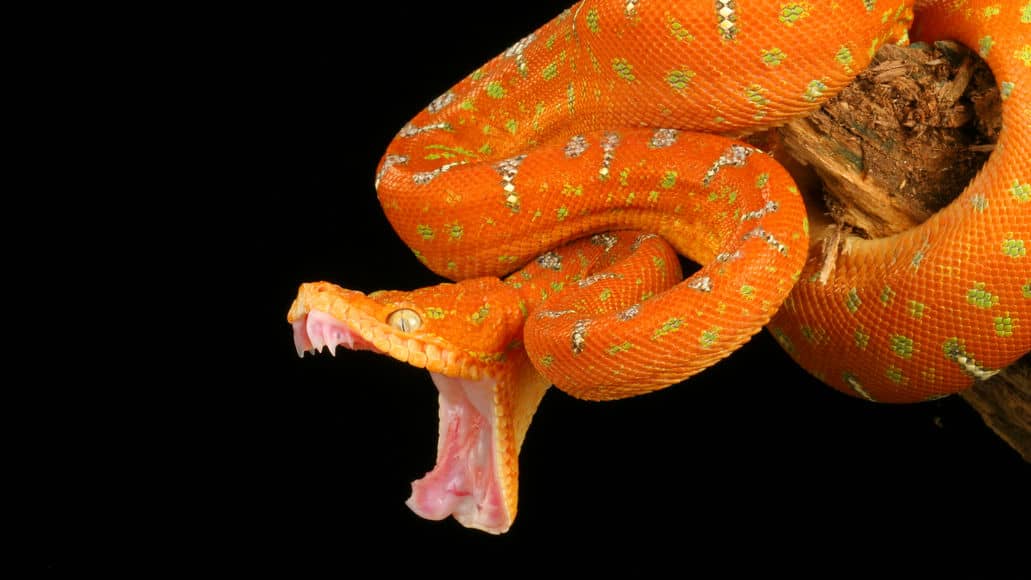
You might think snakes are out to get you, but that’s just not true. Snakes are generally not aggressive towards humans unless they feel threatened or cornered.
Snakes are defensive, not aggressive. If a snake moves toward you, it probably just wants to get past you to safety. Snakes want to get away from you as much as you want to get away from them. They’re not plotting an attack—they’re just trying to flee.
Snakes are nervous animals and attempt to escape and flee given the opportunity. They don’t go around looking for people to bite.
If you see a snake coming your way, it’s most likely searching for the fastest escape route. You’re huge compared to a snake, so it sees you as a threat and wants nothing to do with you.
Most snakes bite only if they feel trapped. Usually, that happens when they’re surprised, stepped on, or picked up.
2. All Snakes Are Venomous And Deadly
This myth causes a lot of unnecessary fear. The truth is very different from what most people think.
Only 600 out of 3,400 snake species are venomous. Most snakes you encounter are totally harmless. They lack venom glands completely. No venom, no threat.
Even venomous snakes aren’t automatically deadly. They generally only bite as a last resort. They do whatever they can to avoid confrontation with animals as large as us humans.
And even if the worst happens and a venomous snake bites you, it does not mean you will die. With proper medical care, the vast majority of venomous snake bites aren’t fatal.
You can feel safer knowing that most snakes are harmless and even helpful. They eat rodents and other pests that annoy people.
Learning which snakes in your area are venomous helps you stay safe. But you really don’t need to fear every snake you see.
3. Snakes Can Hypnotize Their Prey
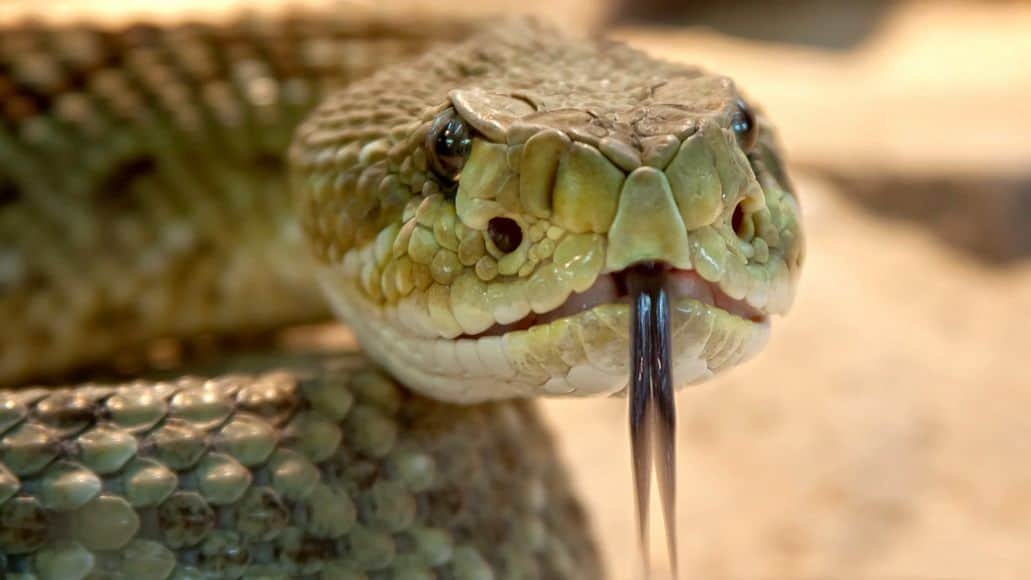
Cartoons love to show snakes hypnotizing victims with their eyes. It’s a fun idea, but it’s not real life. No snake species possesses hypnotic abilities. Snakes can’t entrance or hypnotize their prey.
This myth probably started because people saw animals freeze when they spot a snake. That’s not hypnosis—it’s pure fear.
Snakes do not have eyelids, so they cannot blink. Some snakes rock their heads side to side to see better, but that’s not magic.
When small animals or birds spot a snake, they might freeze with fear. Others try to blend in by staying still. It’s just instinct.
You won’t see snakes swaying to mesmerize their victims in real life. This is not an ability you will ever see demonstrated outside of movies and cartoons.
Snakes catch prey with speed, stealth, and hunting skills. They don’t need magic tricks—they’re already pretty good hunters.
4. Snakes Always Bite When Threatened
This is one of the biggest myths about snakes. The truth is that snakes are first cowards, then bluffers, and last of all, warriors.
If you encounter a snake, it’ll usually try to escape first. Snakes typically prefer to avoid confrontation. They’re nervous and want to get away from you.
Before biting, snakes use other defense tricks. Some hiss loudly to scare you off. Others rattle their tails as a warning.
Most snakes will retreat if given the opportunity. Their colors and patterns help them hide from threats.
Most snake bites happen when the snake feels trapped. Most snake bites occur when they feel threatened or cornered, rather than out of aggression.
Even venomous snakes usually try to get away before biting. Even venomous snakes will typically try to escape rather than bite unless provoked.
Biting is the last thing a snake wants to do. It takes energy and puts them at risk. Most snakes only bite when there’s no other option.
5. Snakes Drink Milk From Animals
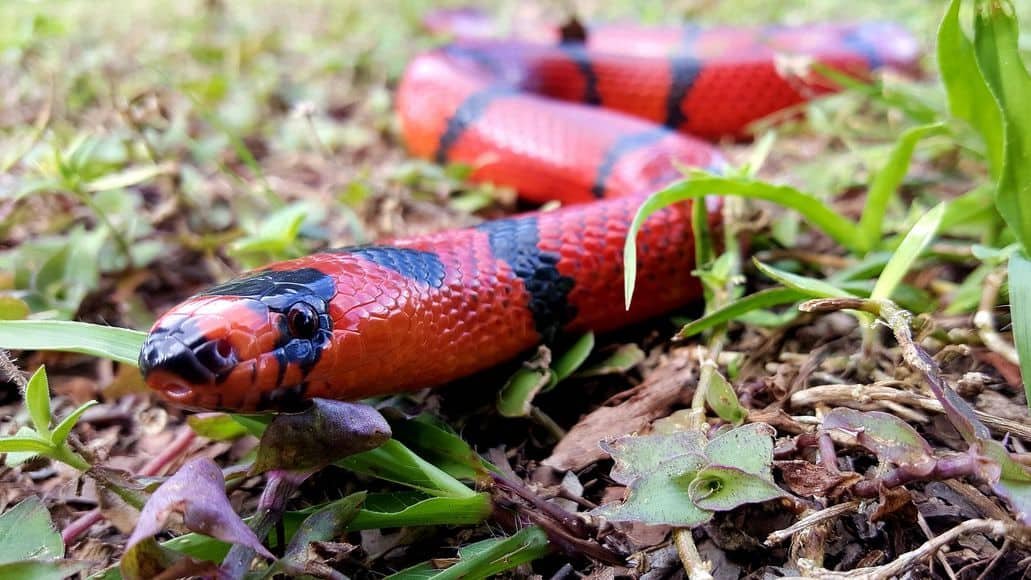
This old myth claims that snakes sneak into barns to drink milk straight from cows. People say these “milk snakes” wrap around cow udders and start drinking.
It’s just not true. Snakes cannot digest dairy products, and milk can actually harm them.
People probably started this myth because they saw snakes near barns and milk sheds. But the snakes weren’t after milk. Snakes were chasing mice and rats that lived in barns. Barns are perfect hiding spots for rodents, which snakes love to eat.
European immigrants brought this myth to North America and it spread over time. The name “milk snake” stuck, even though it’s based on a false story.
Snakes only drink water when they’re thirsty. They eat mice, rats, small birds, insects, frogs, and fish.
If a snake drinks milk, it can cause serious digestive problems. Sometimes, it can even be fatal. The idea that milk snakes drink from cow udders is biologically impossible. Snakes just aren’t built for that.
6. Snakes Are Slimy And Wet To The Touch
Lots of people think snakes feel wet and slimy. That’s just not the case. Snake skin is actually smooth and dry.
The common misconception that snakes are slimy comes from their shiny appearance, which makes them look wet. If you touch a snake, you’ll notice their skin feels soft and silky. Their dry scales feel very smooth—not gooey or sticky at all.
People often mix up snakes with amphibians like frogs and salamanders. Amphibians have wet, slimy skin because they live in damp places.
Snakes are reptiles, so their skin is completely different. Their scales help them move smoothly across all sorts of surfaces.
The glossy appearance comes from their unique scale structure. Each scale helps them glide over rocks, dirt, and other terrain. If you ever get to touch a snake safely, you’ll notice they feel slightly cool and smooth. No slime—promise.
7. Snakes Are Deaf And Can’t Hear
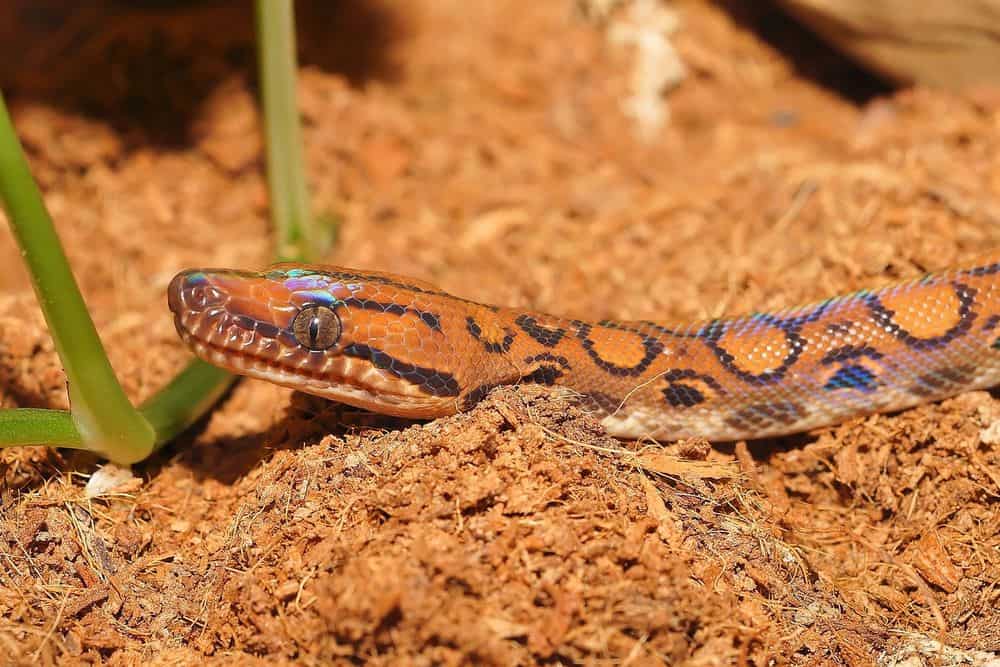
You might think snakes are completely deaf because they don’t have external ears. That’s one of the most common myths about them.
Scientists used to believe snakes couldn’t hear airborne sounds since they lack eardrums. But that’s not the whole story.
Snakes do have inner ear structures, but they work differently than ours. These inner ears connect to their jawbones and help them sense sound.
Snakes pick up low-frequency sounds and ground vibrations. When you walk nearby, they can feel the vibrations from your footsteps. They also sense some vibrations through the air, just not the way you do. So snakes aren’t truly deaf after all.
While snakes don’t hear music or voices like humans, they can detect important sounds in their environment. That helps them find prey and avoid trouble.
Why Snake Myths Persist
Snake myths have deep roots in human culture. Movies, books, and stories keep these old ideas alive, shaping how you see snakes today.
Cultural Influences On Snake Perceptions
Many cultures have passed down snake myths through generations. Our ancestors brought these stories from Europe and then made up new ones after meeting North American snakes.
Religious stories often paint snakes as evil or dangerous. The Bible’s serpent in the Garden of Eden left a big mark, turning snakes into symbols of temptation.
This religious link still shapes how we might feel about snakes. It’s tough to shake off old stories, even if they’re not exactly true.
Different cultures see snakes in all sorts of ways:
- Western cultures: Usually treat snakes as dangerous pests
- Some Asian cultures: Sometimes see snakes as wise or even healing
- Ancient Greek culture: Used snakes in their medical symbols
- Native American tribes: Many consider snakes spiritual guides
Your family stories and local legends shape your snake views too. If your grandmother swore all snakes were deadly, you might still believe it now. These cultural messages get so common that people frequently believe snakes are malicious. It’s hard to break the cycle.
Role Of Media In Shaping Snake Stereotypes
Movies and TV shows love making snakes look scarier than they really are. Hollywood usually shows snakes as aggressive killers that chase people around.
This ramps up fear, even though snakes are nervous animals that try to escape. Most folks never see the shy side of snakes on screen.
Popular media rarely gives snakes a fair shot. When one pops up in a movie, it usually:
- Attacks out of nowhere
- Chases the main character
- Shows up in creepy or dangerous scenes
- Acts way more aggressive than any real snake
News stories focus on bites and attacks. You hear about the rare times snakes hurt people, but almost never about the millions of harmless encounters. This makes snake dangers seem way bigger than they really are. It’s a skewed picture.
Social media only adds fuel to the fire. Scary videos and false stories get shared like wildfire. Misinformation about snakes paints them as menacing, even though most species are harmless to humans.
The Importance Of Understanding Snake Behavior
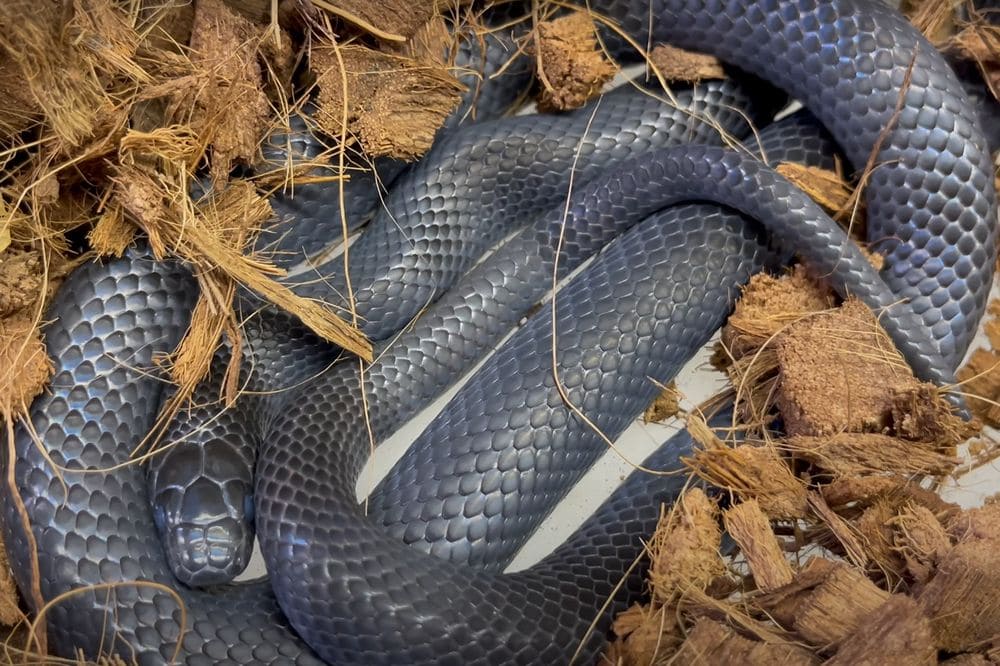
Learning about snake behavior helps you appreciate their role in nature. It also makes those random encounters a lot less nerve-wracking. Snakes offer important benefits to ecosystems. They rarely pose real threats to people.
Benefits Of Snakes To The Environment
Snakes help control rodent populations that damage crops and spread disease. A single snake can eat dozens of mice and rats each year.
Snakes help keep disease in check by reducing rodents that carry harmful bacteria and viruses. Without snakes, rodents would multiply fast. That would mean bigger problems for farms and homes.
Many snakes also eat insects, slugs, and other pests that mess up gardens and crops. This natural pest control saves farmers money and means fewer chemicals in the ground.
Key environmental benefits include:
- Controlling rodent populations
- Reducing disease-carrying pests
- Maintaining ecosystem balance
- Protecting crops naturally
Snakes also end up as food for birds, mammals, and other predators. They’re a crucial link in the food chain.
Tips For Coexisting With Snakes
You can cut down on snake encounters by keeping your yard tidy. Short grass and cleared brush piles make a big difference.
Seal gaps under porches, sheds, and foundations. Snakes love hiding in those small spaces.
Store firewood away from your house and keep it off the ground. That way, you’re not inviting any unexpected guests.
If you see a snake:
- Stay calm and back away slowly
- Don’t try to catch or kill it
- Give it space to leave on its own
- Call a professional if you’re unsure
Most snakes don’t chase humans. They’ll usually try to get away as soon as they sense you nearby. Making a bit of noise while walking helps alert them. They’re more interested in escaping than picking a fight.
Remove food sources like pet food and bird seed that attract rodents. Less prey means fewer snakes hanging around your property.
Snake Myths Debunked: Conclusion
Now you’ve got the facts to help separate snake truth from fiction. These amazing creatures already face enough challenges—let’s not pile on old myths.
Knowledge really is your best tool for understanding snakes. When you know what’s real, it’s a lot easier to make smart choices about how to stay safe around them.
With this new understanding, you can help protect yourself and the snakes too. Many snake myths have been passed down for ages, and honestly, they just create extra fear.
Snakes play important roles in nature by:
- Controlling pests
- Keeping ecosystems in balance
- Supporting biodiversity
If someone brings up a snake myth, you can share what you know—maybe even change a mind or two. It’s not about lecturing, just helping friends and family get the right info.
Your respect for snakes doesn’t mean you have to handle them. You can admire these creatures from a safe distance and still appreciate what they do.
The next time you see a snake, you’ll probably feel more prepared. No need to panic—most snakes avoid people and only bite if they feel threatened.
Your journey toward understanding these remarkable animals can help us all get along a little better.
If you’ve learned something, share it. Maybe together, we can swap out fear for a bit more curiosity and respect.
Leave a Reply